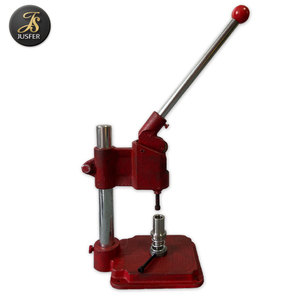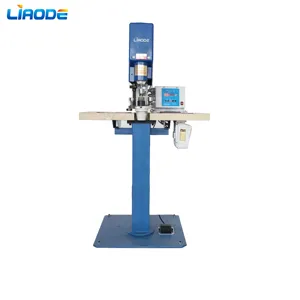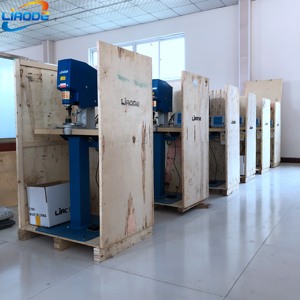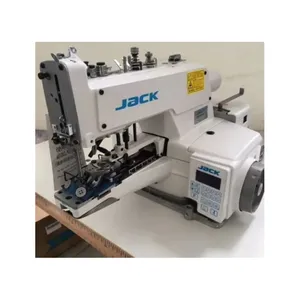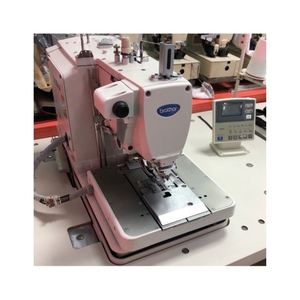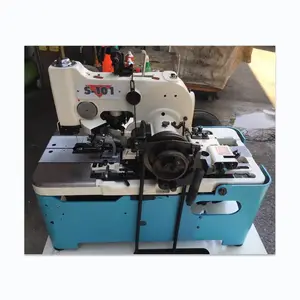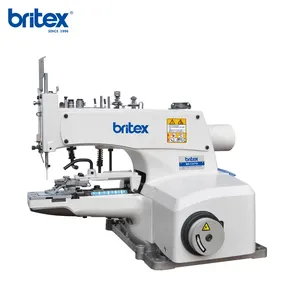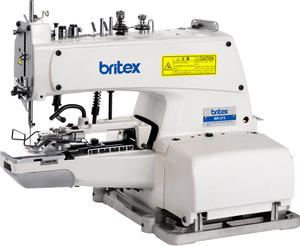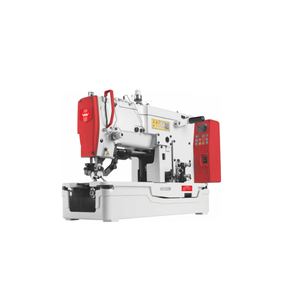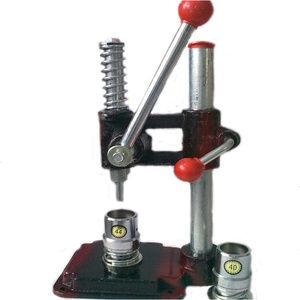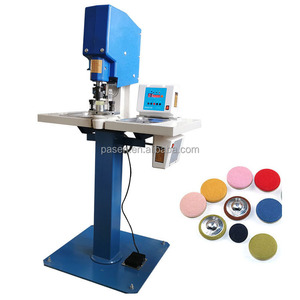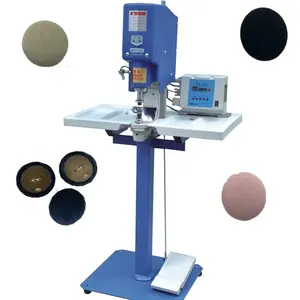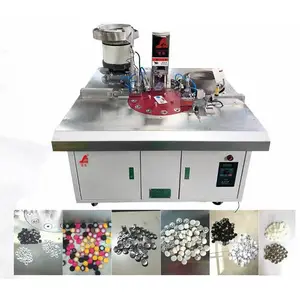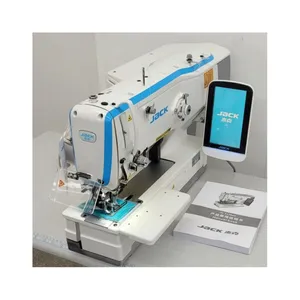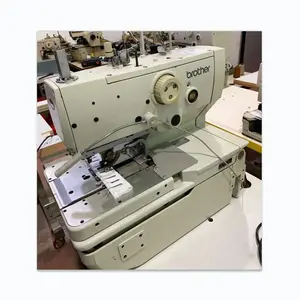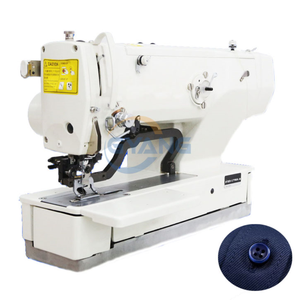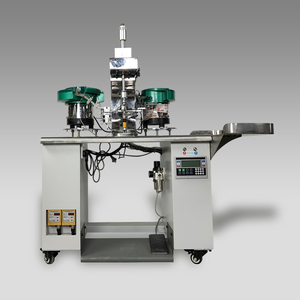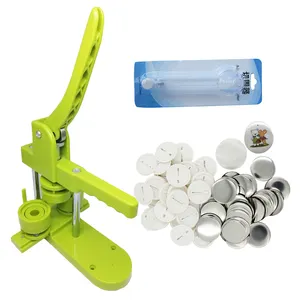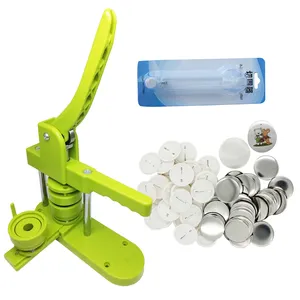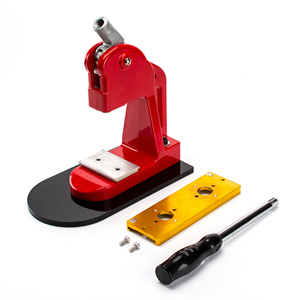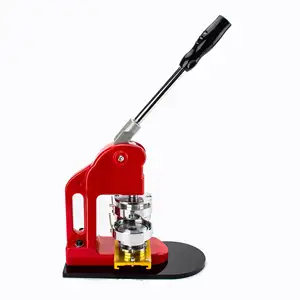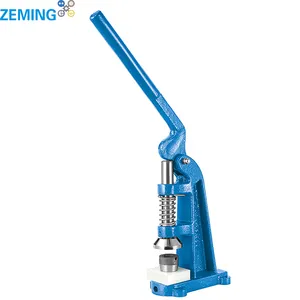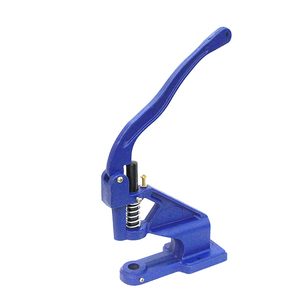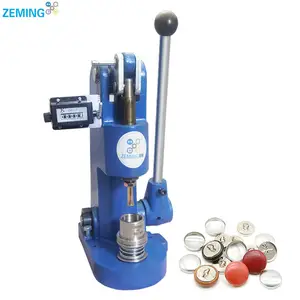Fabric Button Machine









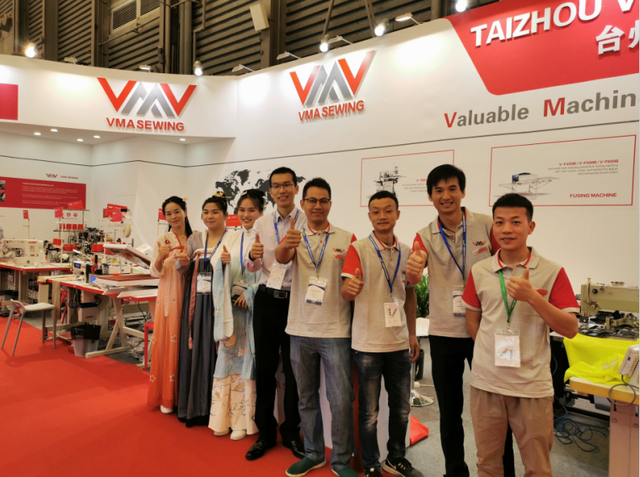




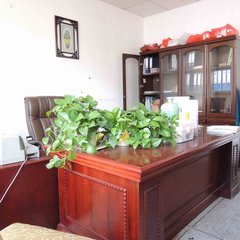











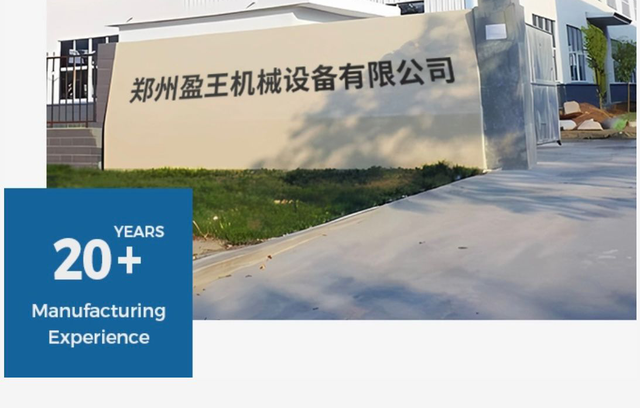









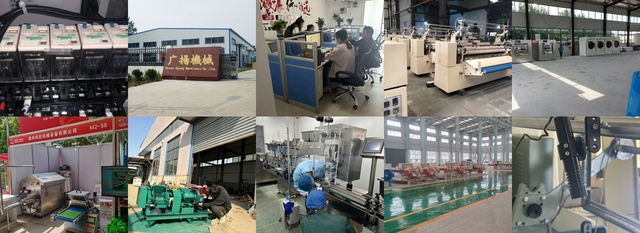



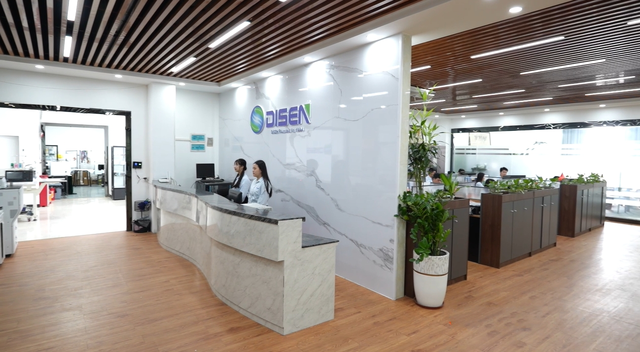



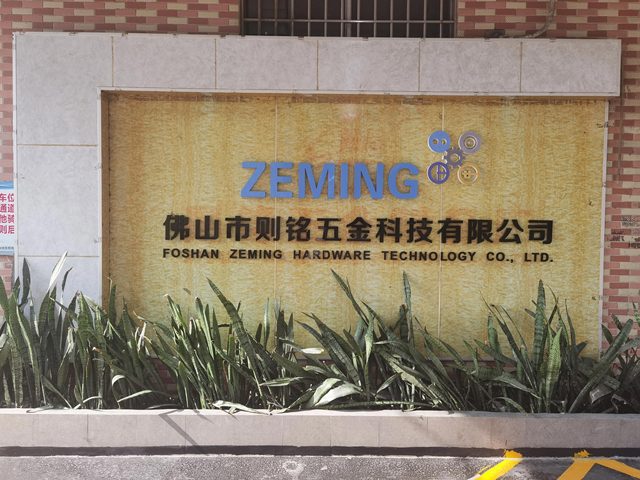


About fabric button machine
Where to Find Fabric Button Machine Suppliers?
China remains the global epicenter for fabric button machine manufacturing, with key industrial clusters in Guangdong, Shandong, and Zhejiang provinces driving innovation and scale. The Pearl River Delta region, particularly Foshan and Shenzhen, hosts advanced production facilities specializing in automated garment machinery, supported by dense networks of component suppliers and technical engineers. Meanwhile, Qingdao in Shandong has emerged as a hub for cap and upholstery-focused button equipment, leveraging proximity to textile and leather processing zones.
These regions offer integrated supply chains enabling rapid prototyping and high-volume output. Facilities commonly feature CNC machining centers, hydraulic press lines, and motor integration stations, allowing complete assembly under one roof. Buyers benefit from reduced lead times (typically 15–30 days), competitive pricing due to localized sourcing of steel molds and motors, and flexibility in configuration for manual, semi-automatic, or fully automatic models. Export infrastructure is well-developed, with most suppliers experienced in international logistics and compliant packaging for EU and North American markets.
How to Choose Fabric Button Machine Suppliers?
Selecting reliable partners requires systematic evaluation across technical, operational, and transactional dimensions:
Technical Capability Verification
Confirm that machines meet functional requirements: pressing force (measured in kN), compatible button diameter range (typically 10–40mm), and cycle speed (for automated systems). For consistent quality, prioritize suppliers offering machines with precision alignment mechanisms and durable die sets. While formal certifications like CE or ISO 9001 are not universally listed, their absence should prompt deeper due diligence on quality control processes.
Production Capacity Assessment
Evaluate supplier infrastructure through available indicators:
- Minimum facility size supporting dedicated assembly lines
- In-house engineering teams capable of customization (e.g., mold adjustments for non-standard sizes)
- Inventory management for spare parts and after-sales support
Cross-reference response time metrics (target ≤12 hours) and on-time delivery rates (ideally ≥95%) as proxies for operational efficiency.
Procurement Risk Mitigation
Utilize secure payment methods such as escrow services to ensure product verification before release of funds. Request sample units to assess build quality, ease of operation, and consistency in button formation. Analyze reorder rates—suppliers with rates above 20% indicate customer satisfaction and reliability. Video audits of factory operations can further validate claims about automation level and workflow organization.
What Are the Best Fabric Button Machine Suppliers?
| Company Name | Main Products | On-Time Delivery | Reorder Rate | Avg. Response | Online Revenue | Product Range (Units) | Price Range (USD) | Min. Order |
|---|---|---|---|---|---|---|---|---|
| Foshan Jusfer Metal Products Co., Ltd. | Buckles, Buttons, Eyelets | 84% | 75% | ≤15h | US $20,000+ | 5 | $35–$5,200 | 2 sets |
| Qingdao Liaode Machinery Co., Ltd. | Cap Making Machines, Parts | 100% | 16% | ≤11h | US $10,000+ | 5 | $180–$4,600 | 1 set |
| Shenzhen Shengmingfa Technology Co., Ltd. | Sewing Machines, Injection Molding | 100% | 20% | ≤5h | US $30,000+ | 5 | $750–$3,500 | 1 set |
| Taizhou Woxing Machinery Co., Ltd. | Sewing Machines, Apparel Equipment | 100% | 23% | ≤8h | US $140,000+ | 5 | $201–$2,650 | 1 set |
| Taizhou Vma Sewing Machine Co., Ltd. | Sewing Machines, Apparel Parts | 50% | 50% | ≤12h | US $10,000+ | 5 | $352–$3,630 | 1–5 sets |
Performance Analysis
Taizhou Woxing leads in market engagement with the highest online revenue and strong reorder performance, suggesting robust customer trust and service consistency. Qingdao Liaode and Shenzhen Shengmingfa achieve perfect on-time delivery records, indicating disciplined production planning despite differing core specializations—cap machinery and used industrial equipment, respectively. Foshan Jusfer stands out for post-purchase loyalty (75% reorder rate), though slower response times may affect communication agility. Notably, Taizhou Vma exhibits a significant discrepancy between its 50% reorder rate and only 50% on-time delivery, signaling potential fulfillment risks despite competitive pricing. Buyers seeking automation should focus on suppliers offering models above $4,000, which typically include servo-driven systems for baseball cap buttons and continuous feeding mechanisms.
FAQs
How to verify fabric button machine supplier reliability?
Assess reliability through verifiable metrics: on-time delivery rate, reorder frequency, and response speed. Request machine specifications including motor type, pressing mechanism, and compatibility with fabric thickness. Conduct video calls to inspect workshop conditions and test runs. Prioritize suppliers providing detailed user manuals and troubleshooting guides in English.
What is the typical lead time for fabric button machines?
Standard orders are fulfilled within 15–25 days after payment confirmation. Customized configurations, especially those involving unique mold sizes or electrical voltage adaptations, may extend lead times to 35 days. Air freight adds 5–7 days; sea shipping takes 25–40 days depending on destination port.
Can suppliers accommodate small batch orders?
Yes, most suppliers accept minimum orders of 1–2 sets, particularly for higher-value automated models. However, unit prices decrease significantly at 5-set increments, as seen with Taizhou Vma’s pricing structure. This allows buyers to balance upfront investment with volume discounts.
Do fabric button machines require special installation?
Manual and semi-automatic models are plug-and-play, requiring only compressed air (for pneumatic versions) or standard power outlets. Fully automatic systems may need anchoring and integration into existing production lines. Suppliers typically provide basic setup guidance, though on-site technician support is rarely included unless negotiated.
Are spare parts and maintenance support available?
Reputable suppliers stock critical wear components such as dies, punches, and springs. Some offer extended warranties or replacement policies for motor units. Confirm availability of technical drawings and whether local service providers can perform repairs to minimize downtime.






